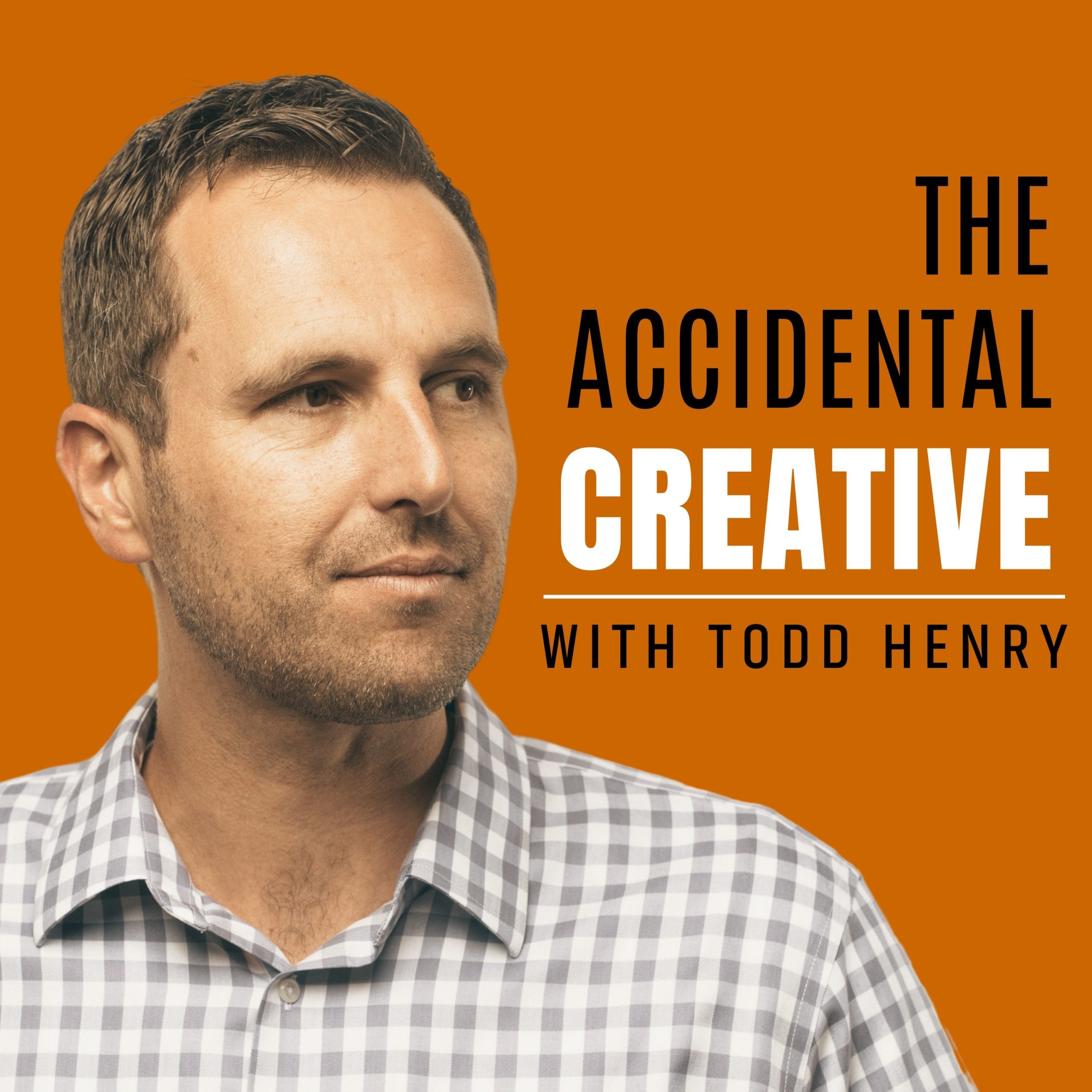I gave my Possibility Thinking talk at a conference yesterday. It’s always fun meeting new people, especially in industries I don’t frequent or have much opportunity to engage with, and hearing the challenges and opportunities they’re facing. Surprisingly (or not!), I often hear the same challenges coming from very diverse industries. The most common one is the inevitable struggle between the “what if?” people and the “yeah but…” people.
There will always be people in an organization who are naturally wired to think about possibilities. (Maybe to a fault.) They are the “what if?” people who are always cheerleading new initiatives and trying to find the good in any new idea.
Then there are the foils. The gatekeepers. The “yeah but…” people. No matter how good an idea is, they feel it’s their responsibility to protect the organization from dangerous new initiatives. While they’re often warm to the thought of something new, they feel that they need to introduce pragmatics into the early stages of any conversation so that things don’t get carried away.
Here’s the thing: organizations need both kinds of people. Without the “yeah but…” people organizations get stuck in the mire of idea after idea with little or no execution. Without “what if?” people organizations gradually roll to the middle of the bed and get stuck in a pattern of systemic mediocrity.
The trick is to recognize the right place in the process for each person to do their thing. If a culture is dominated by pragmatics, then very few new ideas will be introduced into the mix and the culture will eventually become machine-like and mediocre. However, if a culture is dominated by possibilities, there is a strong chance that employees will become overwhelmed with the burden of unexecuted ideas.
“Yeah but…” people need to grow comfortable with the fact that ideas alone do not threaten organizations. An idea is just an idea, nothing more. We need to delay judgment until judgment is due rather than squashing potentially valuable ideas too soon in the process. Let them breathe.
“What if?” people must realize that ideas without execution are worthless, and that every organization needs focus and discipline in deciding which ideas to execute. However, we also need to recognize that these decisions are not personal, they are simply a necessary function of allocating time and resources to mission-critical efforts. We must persist in our optimism and our determination to pursue the possible.
So goes the awkward dance between possibilities and pragmatics within organizations. Have you seen this tension play out? How have you handled it, either personally or organizationally?




i’m a “what if” and “yeah but” my own ideas, but then address the “yeah but” with another “what if”